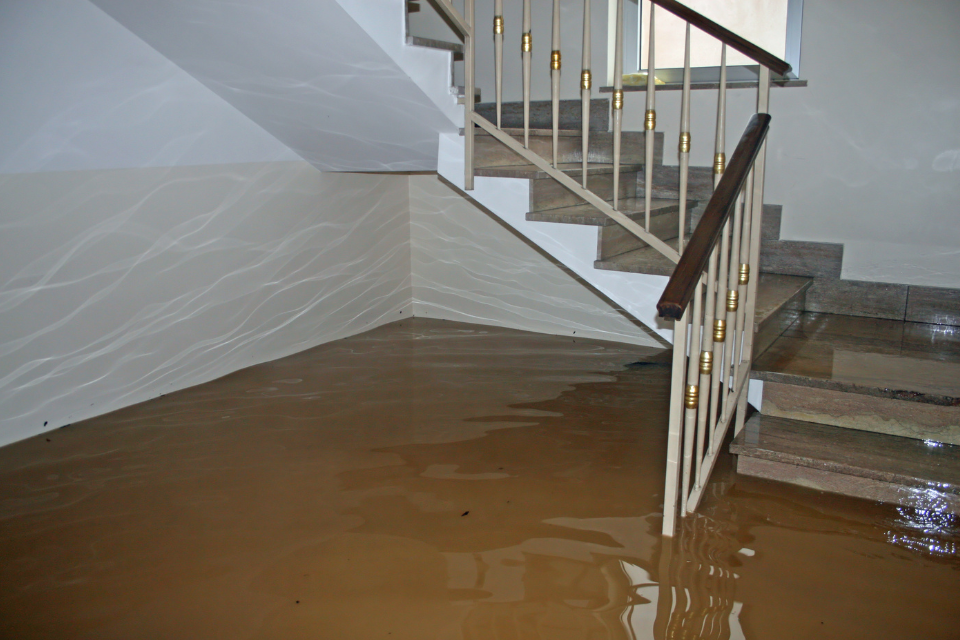
Dealing with a flooded home can be an overwhelming and emotional experience. Whether it’s caused by heavy storms, burst pipes, or unexpected disasters, the damage can be extensive. Knowing what to do when your home floods is crucial to minimize damage, protect your belongings, and ensure your safety. In this guide, we will provide you with a clear, step-by-step plan to handle a house flooded with water.
Immediate Actions to Take When Your House Is Flooded
Ensure Safety First
When flood water enters your home, your safety and that of your family should be your top priority. Follow these safety measures:
- Turn Off Electricity: Water and electricity are a dangerous combination. If it’s safe, turn off the main power supply to avoid electrical hazards.
- Evacuate If Necessary: If flood levels are rising rapidly, leave your home and move to higher ground. Always heed evacuation warnings from local authorities.
- Avoid Flood Water: Flood water may contain harmful contaminants, debris, or even live electrical currents. Wear protective gear like rubber boots and gloves if you must walk through it.
Stop the Source of Water (If Possible)
If the flooding is due to an internal issue like a burst pipe or a leaking water heater, shut off the water supply to stop further damage. For storm-related flooding, focus on keeping yourself safe and wait for the water levels to subside.
Document the Damage
Take photos and videos of the affected areas, damaged belongings, and structural issues caused by the flood. This documentation will be invaluable when filing an insurance claim or seeking assistance from restoration services.
What to Do Next When Your Home Floods: Mitigation and Cleanup
Contact Your Insurance Company
Notify your home insurance provider as soon as possible. Please provide them with the documentation you’ve gathered and follow their guidance on filing a claim. Some policies cover flood damage restoration, so be sure to ask about your coverage.
Call Professional Services
Flood cleanup is not a DIY job. Professionals like Expedited Restoration specialize in removing water, drying, and dehumidifying to prevent further damage and mold growth. Our expertise ensures that your home is restored safely and efficiently.
Remove Standing Water
The longer water remains inside your home, the more damage it can cause. If it’s safe, use pumps, buckets, or wet vacuums to remove standing water. Professional services have industrial-grade equipment to handle this step more effectively.
Dry Out Your Home
After removing the water, focus on drying out your home to prevent mold and mildew. Open windows, run fans, and use dehumidifiers to speed up the drying process. Professionals can also use specialized drying equipment for thorough results.
Salvage and Clean Belongings
- Separate items that can be salvaged from those that are beyond repair.
- Clean and disinfect hard surfaces to remove contaminants from flood water inside the house.
- For items like carpets, upholstery, and mattresses, professional cleaning or replacement may be necessary.
Addressing Structural and Long-Term Damage
Inspect for Structural Issues
Flooding can weaken your home’s foundation, walls, and floors. Look for signs like cracks, sagging, or warping. A professional can assess the structural integrity of your home and recommend repairs.
Prevent Mold Growth
Mold can start growing within 24-48 hours of flooding. To prevent this:
- Thoroughly dry and disinfect affected areas.
- Remove and replace porous materials like drywall and insulation if they’ve absorbed water.
- Hire mold remediation experts if you notice signs of mold growth.
Repair and Restore
Once your home is dry and safe, begin repairs and restoration. This may include:
- Replacing flooring, drywall, and insulation.
- Repainting walls.
- Repairing or replacing damaged appliances and furniture.
Tips to Prepare for Future Floods
While you can’t always prevent a flood, there are steps you can take to reduce the risk of future damage:
- Install a Sump Pump: A sump pump can help remove water from your basement during heavy rains.
- Seal Your Foundation: Waterproofing your foundation can prevent water from seeping into your home.
- Maintain Gutters and Drains: Clear debris from gutters and ensure drainage systems function correctly.
- Elevate Electrical Systems: Raise electrical outlets, switches, and appliances above potential flood levels.
- Create a Flood Emergency Kit: Include essentials like flashlights, batteries, non-perishable food, water, and important documents.
Why Choose Expedited Restoration?
When disaster strikes, you need a trusted partner to help you recover quickly and efficiently. Expedited Restoration offers comprehensive storm damage restoration services. Here’s why they stand out:
- Fast Response: They understand the urgency of flood cleanup and offer prompt services.
- Experienced Team: Their skilled professionals use advanced equipment and techniques to handle all aspects of restoration.
- Customer-Focused: They work closely with homeowners to ensure satisfaction and peace of mind.
- Full-Service Restoration: They’ve got you covered from water removal to structural repairs.
A flooded home is challenging, but with the right steps and professional support, you can minimize damage and restore your living space. By prioritizing safety, acting quickly, and relying on experts like Expedited Restoration, you can recover from a flood and prepare for the future.
Don’t worry about what to do when your home floods and let flood damage overwhelm you. Contact Expedited Restoration—because every second counts when protecting your home and family.
Also read the below blogs:
Understanding the Water Damage Restoration Process
How to Fix Water-Damaged Wood Furniture and Restore Its Beauty
